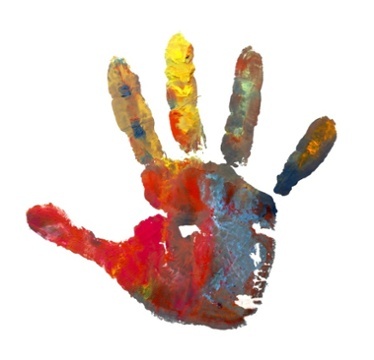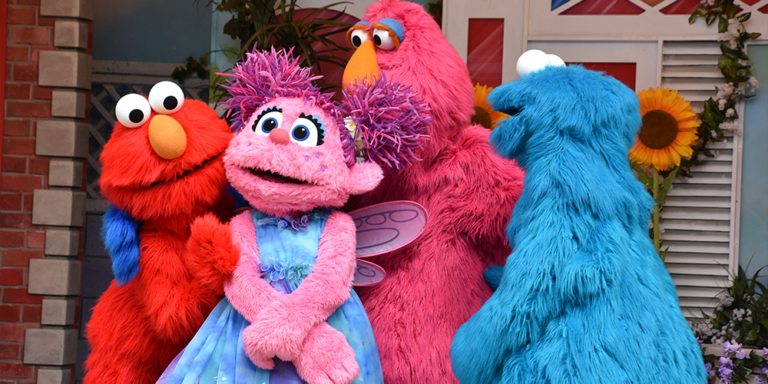How can we embrace our “weaknesses,” and transform them into strengths and empower ourselves and our students? One author, David Rendall, believes that the foundation of success is found in our weaknesses. He states, “that which makes you weird, also makes you exceptional.”1Read below to find out how our greatest “weaknesses” can also be our greatest strength sand how maximizing each of our inner “freak factors” can transform our lives and the lives of others. A second author, Mary Sheedy Kurckina, lays the foundational groundwork for focusing on the positive aspects of one’s temperamental characteristics.
Two authors.
Similar ideas.
Twenty years apart.
Author 1. Mary Sheedy Kurcinka, EdD
Many years ago, I attended Minnesota’s Early Childhood Family Education (ECFE) program. For those unfamiliar with the program, it is magnificent.
After having my first child, I received a brochure in the mail that said: “WANTED: Babies.” And, after many sleepless nights, a husband who traveled for a living, and a nursing-every-2-hours-newborn, I thought to myself “you can have mine!”
Paging through the ECFE literature, I was intrigued by the list of opportunities to connect with other parents, to spend time with my child in an atmosphere where curiosity and creativity were encouraged, and where, as a parent, I was supported and acknowledged for my efforts. ECFE is where I learned about child development, discipline, and every other parenting topic one can think of—including how to raise our “spirited” children. It was in ECFE where I learned how our children’s “weaknesses” often grow to be adult strengths.
In class one day, we discussed Mary Sheedy Kurcinka’s book Raising Your Spirited Child, and the parent educator asked us to share the personality traits of our children that were causing angst and frustration. We had no problem providing her with a list:
- Stubborn
- Impatient
- Bossy
- Restless
- Loud
- Talkative
- Noisy
- Slow to Warm Up
The next step was for us to turn these “weaknesses” into strengths and to recognize how these traits benefit children as adults:
|
Weakness |
Strength |
|
Stubborn |
Persistent |
|
Impatient |
Spontaneous |
|
Bossy |
Leader |
|
Restless |
Active |
|
Loud |
Confident |
|
Talkative |
Social |
|
Nosy |
Curious |
|
Slow to Warm Up |
Cautious |
Kurcinka states,”It almost seems un-American, at times, to have kids who are slow to warm up. Other people tell us to push them—to force them to jump in—and they reprimand us for babying them. When your child adapts slowly, remind yourself that you will appreciate it when she is an adolescent. While all the other kids are running off on some ridiculous impulsive venture, yours will be thinking, moving slowly and cautiously. There are strengths to every temperamental characteristic.” 2
Fast forward 20 years…
Author 2. David J. Rendall, PhD
My colleague, Molly, and I attended the Freak Factor workshop at the 2017 ASCD Conference in Anaheim, CA.
With the word “freak” printed upside down on his pink t-shirt, David Rendall—a 6’6” self-described “freak” and author of The Freak Factor: Discovering Uniqueness by Flaunting Weakness—explained how focusing onperceived “weaknesses” has benefitedhim.
Like the “describe what frustrates you about your children” exercise we participated in in theparent education class, Rendall’s book includes a similar, more comprehensive, list of “weaknesses” along with their corresponding strengths:
|
Weakness |
Strength |
|
Chaotic, disorganized |
Creative, innovative |
|
Blunt, rude |
Direct, honest |
|
Arrogant, conceited |
Confident, secure |
|
Distractible, unfocused |
Exploring, discovering |
|
Rebellious, radical |
Activist, revolutionary |
|
Reckless, irresponsible |
Adventurous, courageous |
Through eight headings, the author walks us through the process of finding our potential:
- Awakening
- Awareness
- Acceptance
- Appreciation
- Amplification
- Alignment
- Avoidance
- Affiliation
Or, put more succinctly, how to find and flaunt our freak.
In his speeches, David shares how the things that made him unique as a child have helped him become a business owner and successful speaker. According to his teachers, and parents, his childhood weaknesses were his inability to sit still and his inability to stop talking.
Today, Dr. Rendall is paid to talk.
As educators, and as parents, it is crucial for us to consider what Dr. Sheedy-Kurcinka and Dr. Rendall say about weaknesses as strengths—and, what makes us, unlike others. A unique student may have different skills and motivation and those perceived “weaknesses” may, in fact, be his or her greatest strengths. Although the strengths and weaknesses of a student may vary, teaching our students to view their “weaknesses” as strengths and embrace that the foundation of their success might be found in those “weaknesses” can empower them to be themselves and be unique.
“Learn what you are and be such.” -Pindar
Like the author’s t-shirt with the word “FREAK” printed upside down, The Freak Factor flips what we’ve learned about strengths and weaknesses. Most of us have been told to improve on our weaknesses, but it’s our weaknesses, Rendall says, that make us unique, and they—through self-awareness— can become our strengths.
Do you now see yourself, and your students, in a new light?
For more information, on The Freak Factor, check out David Rendall’s TED Talk:
Sources:
- Rendall, D. (2015). The Freak Factor: Discovering uniqueness by flaunting weakness. Advantage Publishing. Charleston, South Carolina.
- Sheedy-Kurcinka, M. (2015). Raising Your Spirited Child: A guide for parents whose child is more intense, sensitive, perceptive, persistent, and energetic. HarperCollins Publishing. New York, NY.
***







